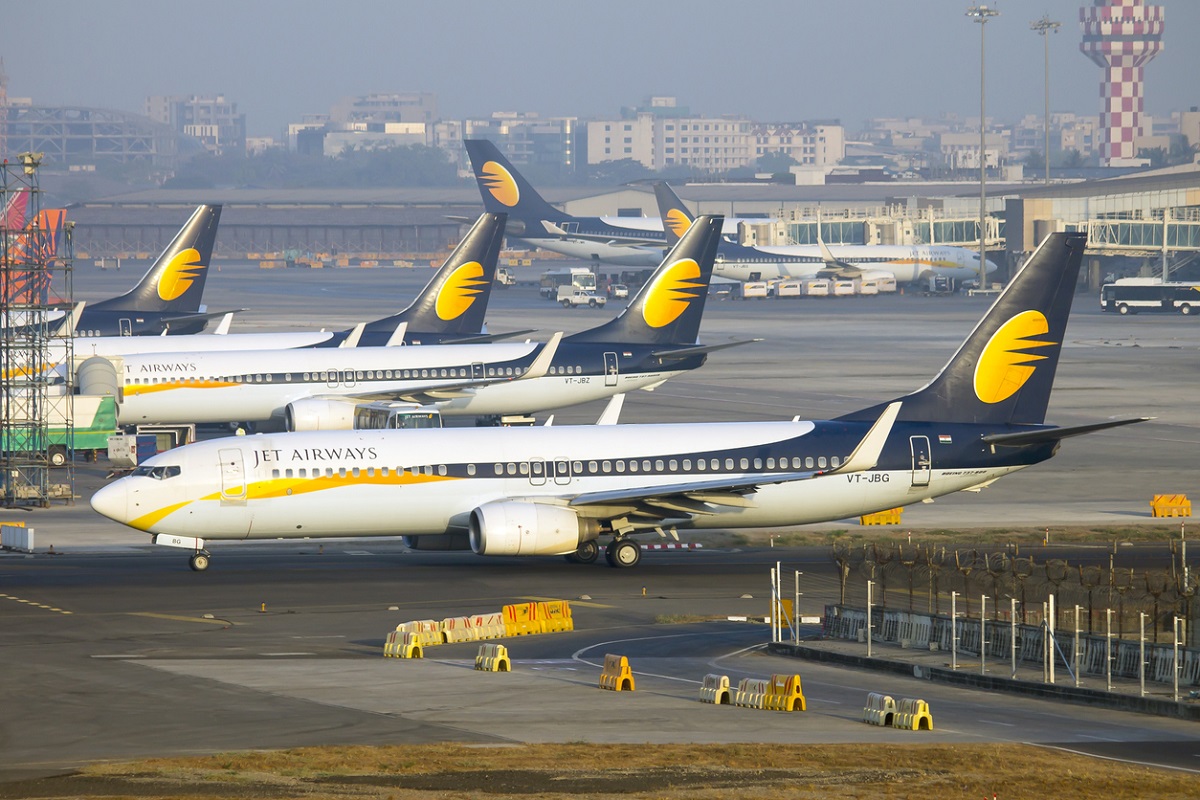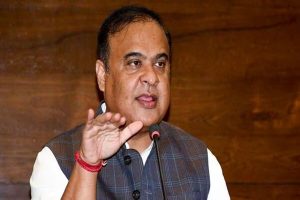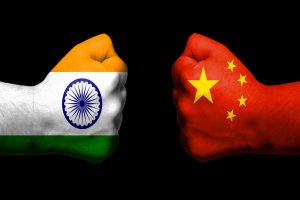To the uninitiated observer, the recent announcement of the Directorate- General of Civil Aviation that domestic airlines had registered growth of 2.62 per cent in the first five months of 2019 in comparison to 2018 may suggest cloudless skies.
The reality though is that India’s aviation sector is a bird flying with at least one damaged wing. The causes are many and include bad policy, slipshod regulation and slippery entrepreneurs. Sadly now, many of these ills are coming home to roost.
This week, the promoter of the now-grounded Jet Airways, Naresh Goyal, was asked by the Delhi High Court to deposit Rs 18,000 crore ($2.63 billion) that the airline owes to banks and others if he wanted to travel out of India – the final humiliation for a man who had once soared majestically over the world’s skies.
In April, the airline ceased operations after 26 years, and three months later there is little hope its creditors will ever get paid. Goyal and his wife wanted to travel via Dubai to London, where another former airline owner, Vijay Mallya of Kingfisher that ceased operations in 2012 is a fugitive from justice, having fled Indian shores in 2014 after his airline failed to pay banks, other lenders and staff.
While Indian authorities have been battling the legal system in the UK to bring Mallya back to face his creditors and the law, he has managed to stave off these efforts for the entire five years of Mr Narendra Modi’s first term as Prime Minister and now for a couple of months into the second.
Earlier this month, Mr Modi’s government, in its first budget after re-election, announced it would fast-track plans to disinvest shares in the national carrier, Air India, which carries a debt of Rs 58,000 crore and has been kept afloat for years with taxpayer money. An earlier effort to disinvest met a farcical end when not a single bidder came forward to take over the chronically troubled airline, which has been all but driven into the ground by its owner.
India’s largest carrier, Indigo, which in April had a dominant market share of 49.1 per cent, is plagued by internal troubles with its two promoters battling each other over a host of issues, including acquisitions. It has also seen reduced profits. Another private airline, Spicejet, which had changed hands a few years ago was reacquired by the original promoter in 2015 after it had run up huge losses.
In many ways, the plight of Air India and the demise of Jet Airways and Kingfisher Airlines are emblematic of India’s aviation woes. Until Indian skies were opened to the private sector in the early 1990s, the two staterun airlines, Air India and Indian Airlines, ruled the roost. One operated on international sectors, the other had a monopoly on domestic routes. Both were inefficient, overstaffed and badly run.
Both survived only because the government picked up the tab. While the two carriers were already wounded by the time Mr Manmohan Singh became Prime Minister in 2004, the first five years of his rule proved catastrophic. In an ill-conceived image makeover exercise, Indian Airlines was renamed Indian. Even before the paint of the new logo had dried on aircraft, Indian was merged with Air India and ceased to exist.
Large numbers of new planes were ordered, and costs mounted. In parallel, the state-run carrier (s) were made by the government to shed several profitable routes, especially to Gulf states and South-east Asia. These routes were allotted to international airlines, principally Emirates and Singapore Airlines, which cornered substantial chunks of India’s international traffic.
Air India and Indian Airlines were victims of the grossest abuse; they were tormented and maimed by official fiat to an extent that recovery became near impossible. Jet Airways and to a smaller extent Kingfisher Airlines were beneficiaries of official patronage. As well-known aviation commentator and former airline insider Jitendra Bhargava says in a recent article, Jet thrived because Naresh Goyal knew how to manipulate the political and bureaucratic machinery.
Two days before Jet Airways went public with a share offering in 2005, the government allowed it to operate international routes. Bhargava says Jet, which had always enjoyed patronage, found itself unable to cope with competition once other private airlines entered the fray.
Kingfisher was largely a manifestation of its owner’s inflated ego which embarked on an expensive trip public banks chose to underwrite without adequate diligence or collateral. Vijay Mallya finagled a seat in the upper house of India’s parliament and even became part of a parliamentary committee on civil aviation. All this no doubt facilitated his manipulation of the system.
A misogynist who had once boasted (to this writer) that passengers would scramble for aisle seats on his planes because he would “hire the best legs in the country to walk up and down”, Mallya had to take to his heels when the costs of his indulgences overshot the revenues of his airline. India’s domestic aviation story is one of sharp paradoxes.
The sector has grown at about 16 per cent annually in the past decade, from carrying 14 million passengers in 2010-11 to nearly 140 million in 2018. Yet, the Centre for Asia Pacific Aviation predicts consolidated industry losses of between $430-460 million this year. As if dodgy promoters weren’t bad enough, the sector bears the burden of other pressures, some common to the industry globally but many that are quintessentially Indian.
These include an official edict to ensure regional connectivity at uneconomical rates and the high cost (in comparison to airports in the region) of Aviation Turbine Fuel, inflated by taxes levied both by the Centre and state governments. Someone wise once said, “Flying starts from the ground. The more grounded you are, the higher you fly.” That’s a thought civil aviation regulators and operators would do well to embrace.
(The writer is Editor, The Statesman. The Asian Editors’ Circle is a weekly commentary by editors from the Asia News Network, an alliance of 24 media in 20 Asian countries)












